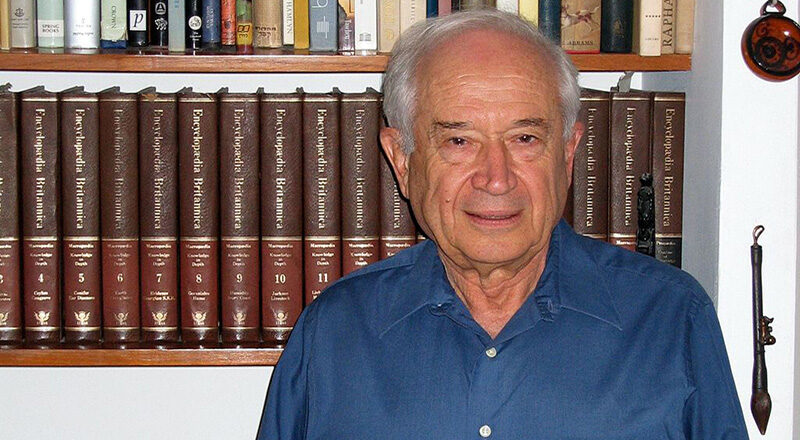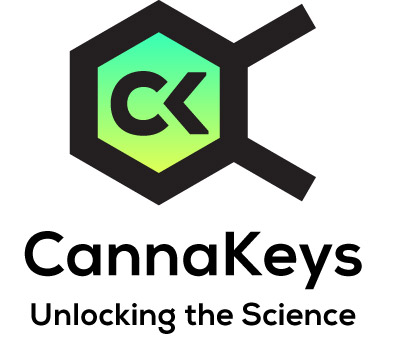
Study Spotlight #9: A Mapmaker in Cannabinoid and Endocannabinoid Research
While the idea and practice of using cannabis in the context of physical and mental-emotional healing have been part and parcel of the human experience since time immemorial, the modern scientific foundation didn’t come to light until various research teams under the purview of Raphael Mechoulam discovered both endogenous and the psychoactive phytocannabinoid tetrahydrocannabinol (THC). As a result, today, cannabinoid health sciences are firmly established.
The classical endocannabinoid system (ECS) consists of endocannabinoid receptors (i.e., CB1 and CB2), their corresponding ligands or endocannabinoids anandamide (AEA and 2-AG), degrading enzymes (i.e., FAAH and MAGL), as well as the more recent discovery of endocannabinoid tone. However, beyond the classical ECS lies the endocannabinoidome (eCBome) or the larger environment interacting with ECS components to induce many diverse effects we can harness to optimize patient outcomes.
These research maps initiated or made by Mechoulam over the past 60 years also added arguably to the momentum of the re-evaluation of the war on drugs regarding cannabis and opened the door to novel treatment approaches for hundreds of different types of primarily chronic patient populations that are not served well by the currently available orthodox treatment regimes.
If you like to read more about the man and his accomplishments, consider looking at this paper (M. Maccarrone, 2022).
Maccarrone M. (2022). Tribute to Professor Raphael Mechoulam, The Founder of Cannabinoid and Endocannabinoid Research. Molecules (Basel, Switzerland), 27(1), 323.

